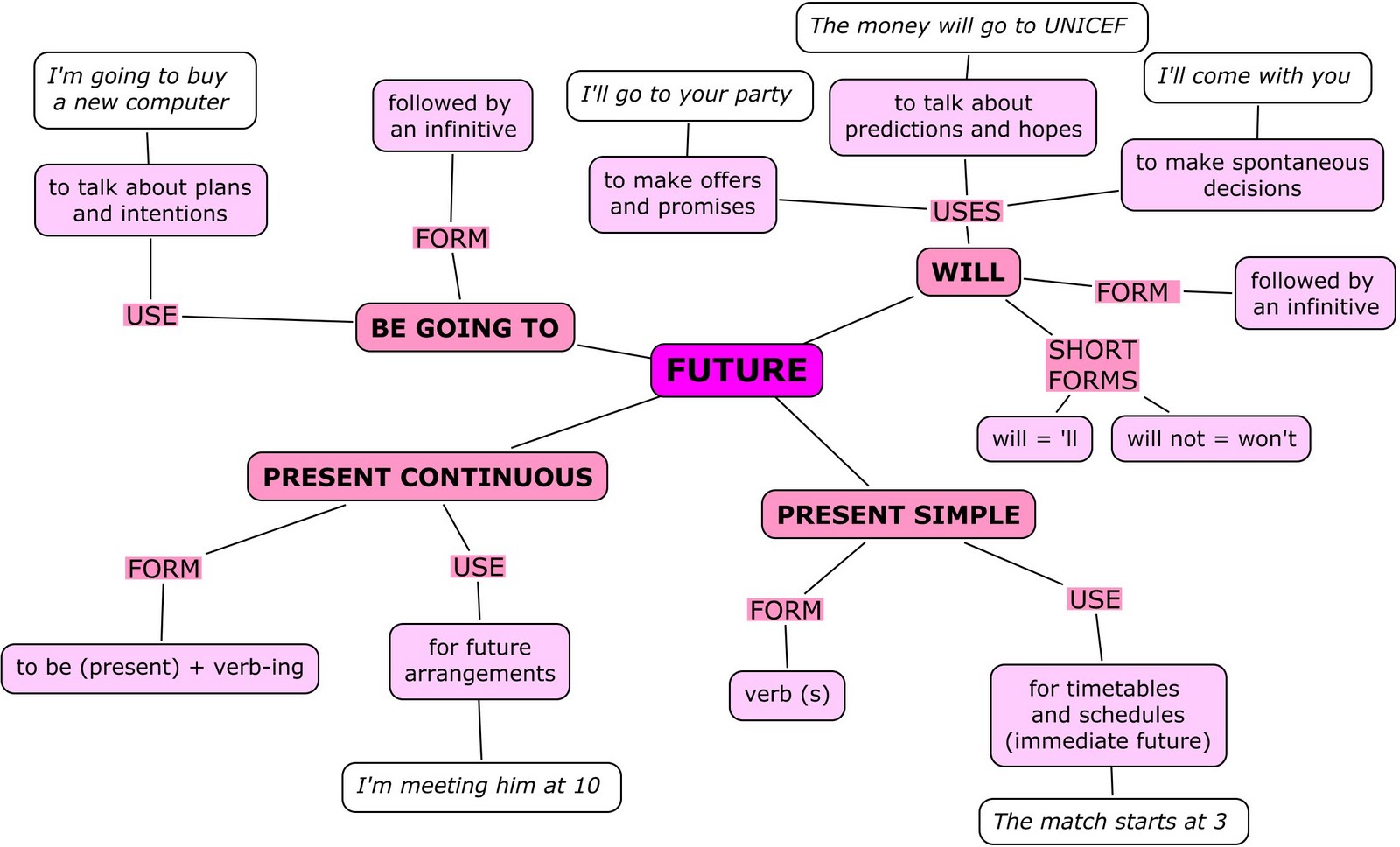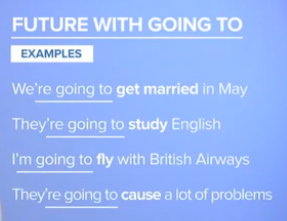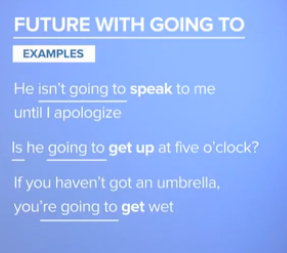Today I’m going to teach you about “going to” and how to use it correctly. Here I have used “I’m going to teach you” because it’s my intention ☺
Oggi ti voglio insegnare a utilizzare correttamente “going to”. Come puoi notare, ho già usato questa costruzione nella frase “I’m going to teach you”, dato che si tratta di una mia intenzione. ☺
“Going to” is used for events which are planned or expected.
“Going to” si usa per eventi che sono già stati pianificati o attesi.
Look at the following conversation between Chris (C) and Stacey (S) to see how it is used:
Dai un’occhiata al seguente dialogo tra Chris (C) e Stacey (S) per vedere come si usa:
C: Good morning, Stacey. Do you have any plans for the summer holiday? I’m going to spend a week in Ibiza with my friends.
Buongiorno Stacey. Hai già piani per le vacanze estive? Io andrò a Ibiza con i miei amici.
S: I’m not sure what I’m going to do, Chris. I may just stay here and spend time with my family. I’m very excited about next winter though as my family and I are going to go skiing in the Alps.
Non sono sicura di quello che farò, Chris. Forse me ne starò qui e passerò un po’ di tempo con la mia familia. Comunque non vedo l’ora che arrivi l’inverno perché andrò a sciare sulle Alpi con la mia famiglia.
C: That sounds like fun, Stacey. My family and I are going to Thailand to escape the cold winter. We do that every year. Anyway, Stacey, I have to go. I’m going to have lunch with a close friend this afternoon.
Sembra divertente, Stacey! Io e la mia famiglia andremo in Thailandia per scappare dal freddo dell’inverno. Lo facciamo ogni anno. Ora devo andare Stacey. Oggi pomeriggio vado a pranzare con un mio caro amico.
S: OK, Chris, see you tomorrow!
Ok Chris, ci vediamo domani!
Remember we form this verb form using subject + the verb to be conjugated correctly + going to + the base form of the verb and to form the negative we just add “not” after the verb “to be” and follow the same structure, for example:
Ricorda che questo verbo si forma usando il soggetto + il verbo “to be” coniugato correttamente + il verbo all’infinito (senza “to”). Per creare la forma negativa basta aggiungere “not” dopo il verbo “to be” e impiegare la stessa struttura, ad esempio:
We are not going to come to the party. (or the contracted form “We’re not going to come to the party.”)
Noi non verremo alla festa.
“Going to” may also be used for predictions based on evidence we are able to see as we speak. For example,
“Going to” può essere usato anche per fare previsioni che siamo in grado di intuire mentre parliamo. Ad esempio:
• That book is going to fall off the table!
Quel libro sta per cadere dal tavolo!
• Look at those clouds! I think it’s going to rain today.
Guarda quelle nuvole! Credo che oggi andrà a piovere.
• I have just broken my wife’s favorite vase. She’s not going to be happy!
Ho appena rotto il vaso preferito di mia moglie. Non ne sarà contenta!











